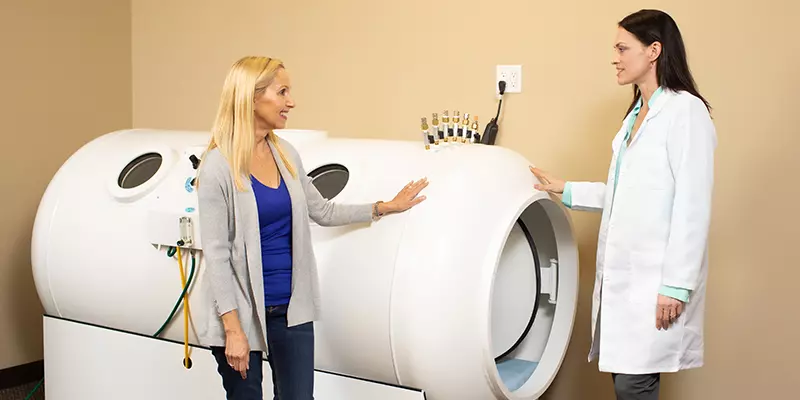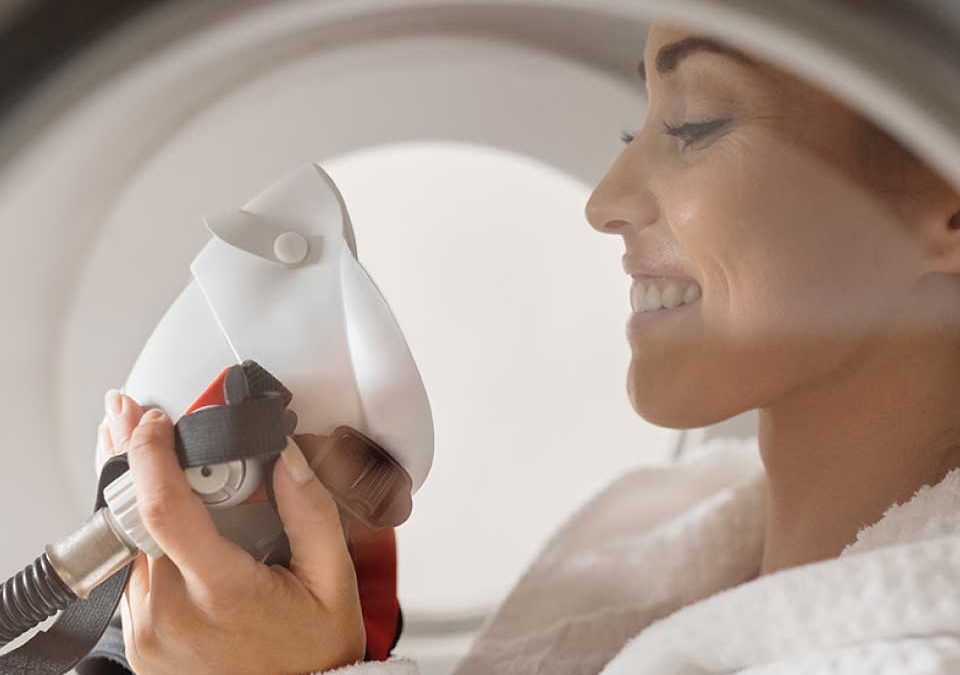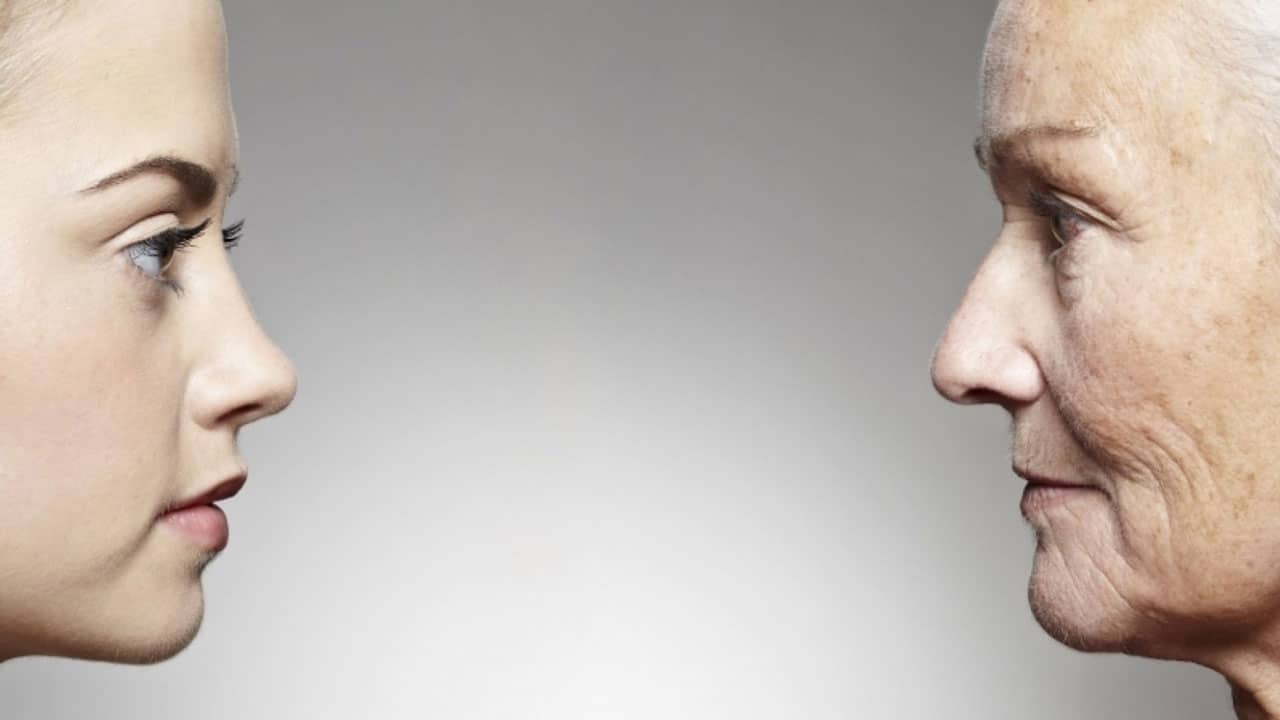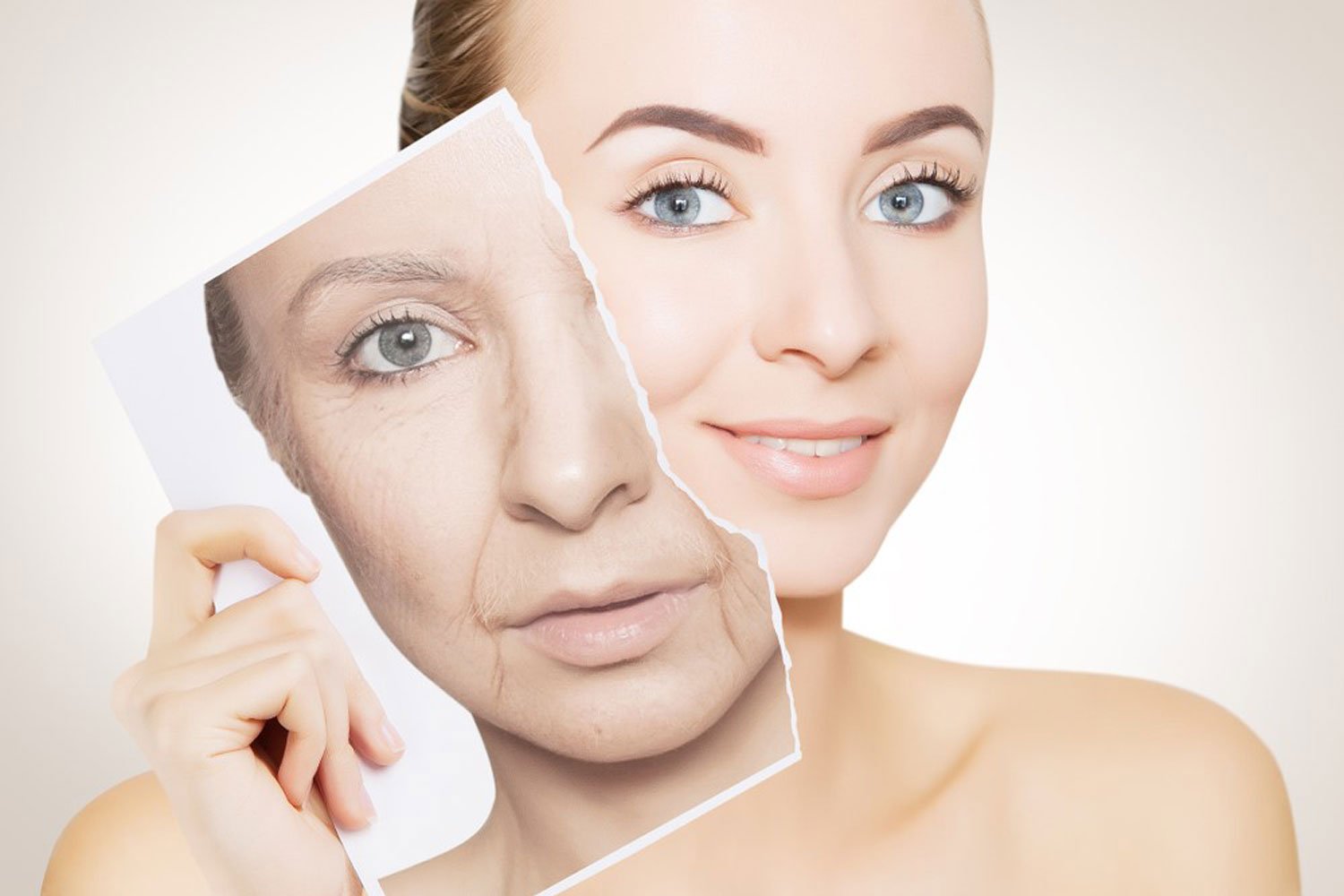Aging, an inevitable process, has been a subject of fascination and concern throughout human history. The quest for youthfulness has led to various innovations, and one such modern marvel is the concept of breathing pure oxygen. Oxygen, a vital element for life, is known for its healing properties.
However, its role in potentially slowing down aging remains a topic of rigorous scientific exploration. This journey into the realm of hyperbaric therapy offers a glimpse into the potential and limitations of using pure oxygen as an anti-aging tool.
Hyperbaric Therapy

Hyperbaric Oxygen Therapy (HBOT) is a medical treatment that involves breathing 100% oxygen in a pressurized chamber. Traditionally used for decompression sickness, a hazard of scuba diving, HBOT has since expanded its horizons.
The underlying principle of HBOT is straightforward – increase oxygen concentration in the blood, which in turn accelerates healing and regeneration processes. Learn more about HBOT at hyperbaric beverly hills.
Oxygen and Aging
Aging is a complex biological process influenced by a myriad of factors, from genetic to environmental. At its core, aging is often seen as the gradual decline in physiological function. Oxygen, while essential for life, has a paradoxical relationship with our bodies.
On one hand, it supports cellular respiration and energy production. On the other, it leads to the production of reactive oxygen species (ROS), which can cause cellular damage. This duality is central to understanding the potential impact of HBOT on aging.
The Science Behind Hyperbaric Therapy and Aging
Recent studies have shed light on the potential anti-aging effects of HBOT. By exposing the body to higher oxygen levels, HBOT may stimulate the repair of telomeres, the protective caps at the end of chromosomes that shorten as we age.
Additionally, HBOT has been shown to reduce inflammation, a key contributor to aging-related diseases. These findings suggest that HBOT could have a role in not just treating specific conditions, but potentially in slowing the aging process itself.
Clinical Evidence and Real-World Applications

Clinical trials and real-world applications provide critical insights into the effectiveness of HBOT. Various studies have reported improvements in cognitive function, tissue regeneration, and wound healing following HBOT.
These outcomes highlight the therapy’s therapeutic potential, though it’s important to note that results can vary significantly among individuals. The application of HBOT in anti-aging is still in its infancy, and more extensive research is needed to fully understand its implications.
Safety and Risks of Hyperbaric Oxygen Therapy
While HBOT is generally considered safe, it’s not without risks. The most common side effects include ear pressure, sinus pain, and, in rare cases, oxygen toxicity. It’s crucial for the therapy to be administered under medical supervision, with appropriate protocols in place to minimize risks.
Understanding these safety considerations is key for anyone considering HBOT, particularly for non-medical applications like anti-aging.
The Future of Oxygen Therapy and Aging

The exploration of HBOT in the context of aging is an exciting field that holds promise, but also raises questions. The balance between the beneficial and potentially harmful effects of oxygen is delicate and requires careful study.
As research progresses, we may find clearer answers to whether breathing pure oxygen can indeed slow down the aging process. For now, it remains a compelling, yet cautiously optimistic, avenue in the quest for youthfulness.
Personalized Approach
The intriguing world of HBOT in aging is not a one-size-fits-all solution. Individual differences in genetics, lifestyle, and overall health play a crucial role in how effectively HBOT might work.
Personalized medicine is gaining traction, and with it, the understanding that treatments like HBOT need to be tailored to individual needs and conditions. The future of using oxygen therapy to slow aging may lie in developing personalized protocols that account for these unique factors.
Integrating HBOT with Other Anti-Aging Strategies

Hyperbaric oxygen therapy, while promising, is not a standalone miracle cure. It’s most effective when integrated with other anti-aging strategies like a balanced diet, regular exercise, and stress management.
This holistic approach to health and aging recognizes that no single therapy can reverse the aging process. Instead, it’s a combination of various factors that can lead to improved health and potentially slower aging.
Ethical and Social Implications
The use of HBOT for anti-aging also raises ethical and social questions. The accessibility and cost of such treatments are significant considerations.
There’s a risk that such therapies could become exclusive to those who can afford them, leading to disparities in healthcare and longevity. It’s crucial for ongoing research and policy discussions to address these implications, ensuring that advances in anti-aging therapies are accessible and ethical.
Navigating the Marketing Hype
In an age where the promise of youth is a powerful marketing tool, it’s essential to navigate the hype surrounding therapies like HBOT with skepticism and informed judgment.
The distinction between evidence-based benefits and exaggerated claims is critical. Consumers and patients must rely on scientific research and professional medical advice when considering such therapies, rather than succumbing to the allure of quick fixes.
The Journey Ahead

The field of hyperbaric oxygen therapy as an anti-aging intervention is still evolving. Ongoing research is crucial to uncovering how exactly HBOT affects aging at a cellular level, its long-term benefits and risks, and how it can be optimized for individual use.
This journey is not just about extending life but enhancing its quality. As scientists and doctors continue to explore the frontiers of HBOT, the hope is to find not just more years in life, but more life in those years.
Embracing Aging
Finally, while the pursuit of anti-aging therapies like HBOT is a testament to human ingenuity, it’s also important to embrace aging as a natural part of life. The goal should be to age healthily and gracefully, maintaining physical and mental well-being. In this light, therapies like HBOT should be viewed as tools to enhance quality of life, rather than as means to chase an elusive ideal of perpetual youth.
In Summary
Breathing pure oxygen, particularly through hyperbaric therapy, presents a unique intersection of medicine, science, and the age-old quest for youth. While promising in its potential to slow down aging, HBOT is surrounded by complexities and considerations that span scientific, ethical, and social realms.



